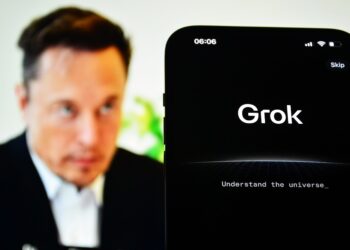It’s not easy selling electric supercars these days.
Owners and enthusiasts are pushing back against battery-powered two-seaters, demanding internal combustion engines that rattle homes and echo throughout the neighborhood. Stephan Winkelmann, the CEO of Lamborghini, said customers are demanding piercing V12s and V8s in their garages, forcing him to cancel the company’s plan to build all-electric supercars and SUVs.
Winkelmann, an industry veteran, opened up about the tariff impact on Lamborghini sales, why the auto community is shunning EVs and how the brand is staying authentic to customers.
Q: You just unveiled the Fenomeno, a limited production hybrid supercar with a naturally aspirated V12 engine. All 29 units already have a buyer attached. Why limit production to just 29 models?
A: We’re keeping one for our museum, so 30 units in total. It’s important to maintain residual value … and improve and increase the value of [our] cars in the future.
Q: How are sales so far of the Temerario, the successor to the Huracán?
A: They’re good. The first cars will come to the U.S. at the end of this year. Worldwide, we are already sold out for 2026.
Q: Will there ever be a point when Lamborghini no longer offers a V12 in its lineup?
A: As long as it is possible in terms of regulations and in terms of our capability of doing a powerful and beautiful and nice-sounding engine, we will keep it.
Q: There’s been a big push among some enthusiasts for analog-type cars — sports cars and even off-roaders that are the antithesis to electrification. What are you hearing from customers? Are they still interested in an all-electric Lambo?
A: Generally, the automotive world acceptance of electric cars is flattening — it’s not rising as it was forecasted a couple of years ago. And this is even more true for supercars. So we decided the next generation of the Urus will be another plug-in hybrid.
For us, for the time being, electrification is postponed. If you ask the customers today what they want, they want an ICE engine. The plug-in hybrids are working perfectly — they’ve giving customers the opportunity for even more power output with the battery. And on top of that we’re reducing CO2 emissions.












